I’ve been offering a lot of blackpills on this Substack lately, from group fertility rates favoring Islam and Africans to how liberal the Supreme Court is to the appeal of philosophical pessimism. It’s hard to live with a fully blackpilled perspective, though. Everyone needs hope wherever one can find it because hope is what make life worth living, even if the hope is irrational. So here’s a bit of a whitepill on the topic of space travel via SpaceX.
SpaceX is a rocket company founded by Elon Musk in 2002. It’s been in the news a lot so you’ve probably heard of it. It’s publicly stated goal is to make humanity a multi-planetary species by colonizing Mars, maybe with a stop-off first at the Moon.
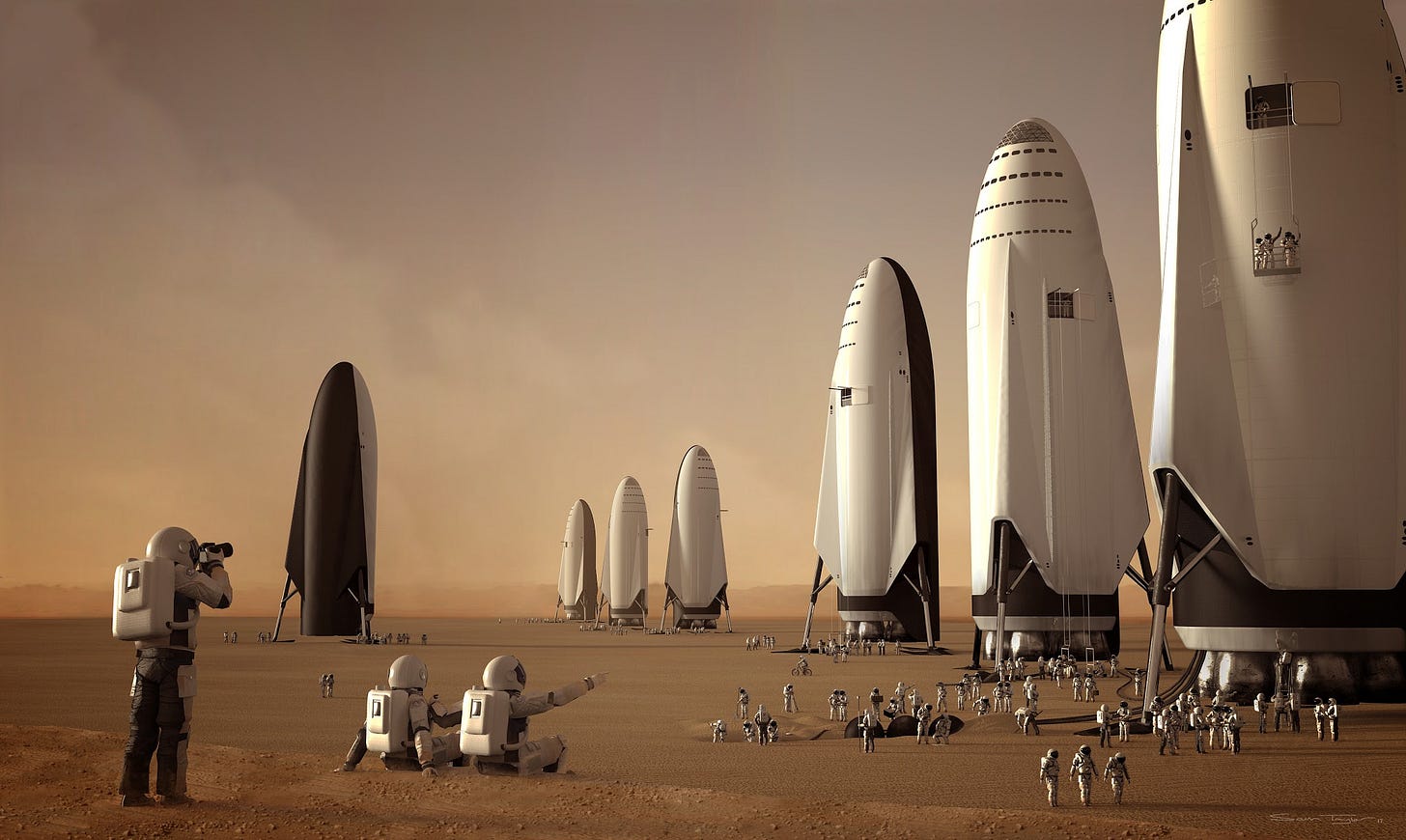
This is a laudatory goal, because if one sees the upcoming neo-Malthusian catastrophe approaching with a world of limited and dwindling natural resources and mass human overpopulation, there are only two this-worldly solutions: either (1) a mass future population die off occurs when humanity exceeds its carrying capacity or (2) there is drastically reduced consumption and thus quality of life for all but the globohomo elites.1 The third off-world solution is: become an interstellar species so our locust-like, blindly all-consuming, all-destroying species can suck down the resources of other planets and expand to the stars.
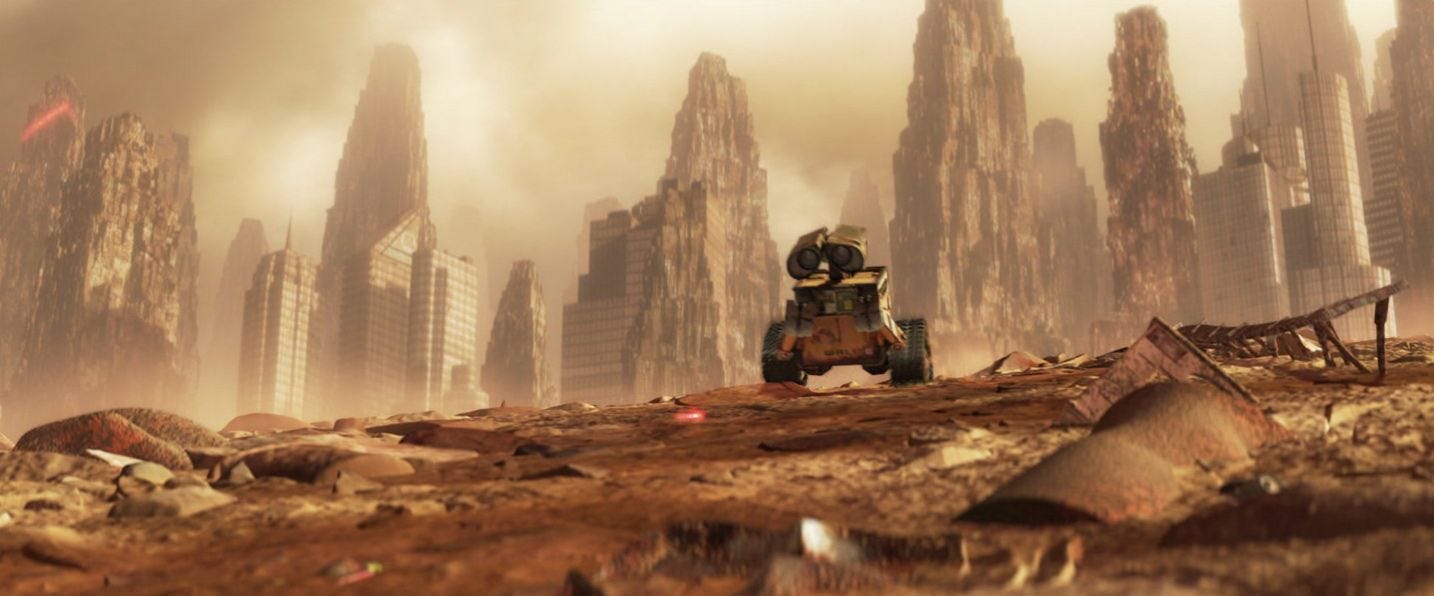
Before SpaceX we had made very little progress on the space front in the decades after the Apollo program heyday. Governments had a monopoly on space exploration and launching rockets was incredibly expensive; it was like, as Elon Musk said, building a 747 jumbo jet and throwing it out after each use. Unless rockets could become highly reusable, he reasoned, the cost of space flight would remain exorbitant and we would remain a single planet species until one disaster or another would wipe out mankind.
To Musk, who wrongly believes that humanity suffers from an underpopulation problem (to keep our Ponzi social service schemes going, I guess, unless he implicitly meant a small, highly productive and creative subset of humanity), becoming a multi-planetary species would serve as insurance in case of disaster on earth. He thought there was only a small window to do it based upon our level of technology and the relative social stability that America enjoyed. After all, the Fermi paradox weighed heavily on his mind - why do we see no evidence of extraterrestrial species? Do all intelligent species destroy themselves before they can reach a multi-planetary level of development, or perhaps spaceflight across long distances and terraforming planets is simply too difficult or impossible? Or perhaps the universe is teeming with intelligent life and they hide themselves from us until we reach a proper level of development? This post delves into the paradox more if the topic interests you.
Anyway, I had read the Ashlee Vance biography of Musk many years ago. It was forgettable and piggybacked off his fame and hype without much insight that I remember. But it reinforced that Elon’s track record from a dissident perspective is at best mixed and his blind-cheerleading fanboys are nauseating, who are akin to emotional, screaming Taylor Swift fangirls but with male nerds. Tesla makes too-expensive and environmentally damaging cars2, Musk bailed out a bankrupt Solar City solely to protect his reputation, Twitter is a complete dumpster fire (filled with FBI and CIA agents who arbitrarily apply anti-populist censorship, a globohomo stooge as CEO, and it’s worth 1/3 or less of what Musk paid for it as it massively bleeds money), his pumping of DogeCoin was wildly irresponsible, and Musk’s intentions are both murky and regularly align with globohomo goals and objectives.3 This is a sample:
But SpaceX is special and different than Musk’s other endeavors because the company’s vision is so positive. We’ll briefly go through the history of the company, where it’s at now, and upcoming goals and objectives.
The history
Musk was a South African-born immigrant into the U.S., the son of a weird mining magnate who later had children with his step-daughter, who dropped out of his PhD program to found what became Paypal with Peter Thiel, Max Levchin and others. He walked away with a sizable fortune. There’s a 1999 video of him (pre-hair transplants) taking delivery on his McLaren with his excited then-wife. Apparently they fought about who was the alpha in the relationship, she pumped out 5 kids and then he left her; she bitterly wrote lots of online screeds how she was the left-behind starter wife.
Anyway Musk took his fortune, divided it into two and started SpaceX and Tesla with the proceeds. He believed that the biggest issues facing humanity were developing alternative energy and becoming a multi-planetary species. He worked extremely long hours at both companies and he lived and breathed them, likening them to being his babies. During the 2008 crisis he came very close to losing both companies due to insufficient capital reserves and banks pulling their lines of credit. Musk originally tried to buy a Russian rocket to launch but was laughed out of the room; who did he think he was with no background in space flight to think he could start such a company? So he went out and built his own from scratch, the Falcon 1.
The first three Falcon 1 launches were failures. Apparently he used the last of his funds on the fourth attempt (the funds of which were provided by Thiel4) which was successful. The success of Falcon 1 led to the development of the two-stage Falcon 9, 9 because the rocket has nine engines.
The Falcon 9 was a highly efficient rocket and its first stage is reusable, at least ten times if not many more. The second stage was still disposable, as the rocket equations would not have left much if any cargo capacity if the weight was used for landing it. This was utterly remarkable as there was no other functional working reusable first stage rocket anywhere in the world — either governments thought it couldn’t be done at scale (there were some tests of reusable rockets in the past) or they just didn’t devote resources to it, being complacent that everyone in the world was doing the same thing.
The Falcon 9 now makes dozens of launches a year, most of them reusing the first stage. It is the stable workhorse of the company, carrying cargo, satellites and astronauts to orbit. As Musk stated, the rocket would be considered successful once the Falcon 9 launches, which were and are publicly streamed, became boring, as that sense of boring would equate to safe and reliable. After all, watching a flight take off is mostly interesting if there’s a non-negligible chance of it blowing up.
Because the cost savings of reusability are so enormous, SpaceX launched 80% of worldwide cargo to orbit in 2023 and is on track to launch 90% in 2024, including the Starlink satellite platform which will provide everyone on earth access to satellite internet, although it has its own problems.5 It’s ridiculous that the government continues to fund the SLS program, which is an expendable super-heavy rocket in the testing stages to replace the shuttered shuttle program which is already entirely obsolete. It’s a jobs program for those too lazy or stupid to innovate.

After the Falcon 9 SpaceX designed the Falcon Heavy, which was three Falcon 9’s strapped together with two of the first stages being reusable. It was designed to carry especially heavy loads to orbit that the Falcon 9 couldn’t carry on its own, but it was quickly eclipsed by plans for Starship and it’s only been flown commercially a couple of times.
SpaceX currently
SpaceX is currently in the testing phase for Starship, which is the rocket which will get humanity to the moon and Mars. Below is a size comparison, but remember that the key difference is that Starship is reusable — both the first and the second stages, which makes the rocket a difference not of degree of of kind:
The Starship tests are publicly streamed and they are fun to watch. The last one was in November and it pushed boundaries far past the last test and gathered data useful for the next one. An iterative process where failure is instrumental in future success.
Interestingly, the biggest hangup now is NASA flight certification. The latest test flight was ready to go for months but placed on standby. NASA is bloated, old, and highly bureaucratic and governmental, and it will have to be massively retooled and update to account for vastly increased launch cadence in the future. Per Reddit’s wonderful SpaceX community, there are multiple Starships and boosters under development and multiple versions are ready for flight as soon as NASA approves.
Note that not every rocket version will be flown; there are many iterative improvements made through the design and construction processes themselves. As Elon says, as a general rule, it is 100x more difficult to build a streamlined factory production line than it is to build a one-off rocket.
There is an upcoming translunar commercial launch of the dearMoon project, possibly in 2024 as it’s been pushed back. The website for this project is here.
SpaceX in the future
Now’s a good time to mention one of the best parts of SpaceX: its long-standing president and COO, Gwynne Shotwell. She has been with the company since 2002 and president since 2008, and is quite remarkable. A mechanical engineer by background, she has displayed great leadership abilities and, with Musk, hire based entirely or almost entirely on merit. The mission of the company is too difficult to have any of the bureaucratic nonsense or AA hires that plagues other companies once they reach mission objectives. And she has done it without drama, with a very level head focused on success. There aren’t many top-level innovative women that have been successful in the business world — maybe Meg Whitman? or Sheryl Sandberg, who is a deranged shitlib? But Gywnne shows it can be done, even if it is a rare thing:
SpaceX has no current competition for what it is offering. Other companies are a decade behind if not more. Wacky Jeff Bezos’s Blue Origin is considered in the media to be a competitor, but it’s not; it’s focus is on sending people to low earth orbit in a reusable manner, but its working rocket, the New Shepard, cannot carry commercial cargo to space. It’s Falcon 9 or Falcon Heavy competitor, New Glenn, may have its first launch in 2024, but it will take years of iterative testing to get it working properly, but it will already be obsolete once Starship is functional.
Musk originally set an aggressive timetable for man on Mars by 2025, which is definitely not going to happen. The bureaucratic red tape with NASA has massively slowed down progress. There has been talk of a moon base first, which may make sense because it is so much closer. There are a lot of unknowns — is mankind ready for the risks involved with flight to Mars? Many will surely die, will the public and government support the mission even if that happens? How does one build the technologies necessary for living on Mars (such as tunneling, which is why Musk created the Boring company, which has not lived up to hopes so far)? How would the human body adapt to living in 30% of Earth’s gravity on Mars?

As argued previously, humans will always pursue technology advances because technology provides power advantages of others. This is why Kaczynski’s solution to the problems of technology was naive and stupid. Perhaps as Robert Frost wrote, “The only way out is through.” If we are a locust-like, all-consuming, all-destructive species — which seems beyond debate at this point — then humanity will have to expand among the stars or die infighting among dwindling resources here on earth. The choice from this perspective seems simple.
Thanks for reading, and thanks Elon, despite the issues I have with you, for pursuing this vision with SpaceX.
Mitigated to an extent if humanity adopts mass 4th generation nuclear power, something there are very few signs of it doing so far; our elites prefer wildly inefficient alternative energies so they can graft off it.
Namely, the lithium and rare earth mental mining for battery manufacturing is an environmental catastrophe, batteries have to be replaced every 7 years for a cost of $20,000, the interiors are sparse, the car’s acceleration is jarring and nausea inducing, the self-driving has been promised for more than a decade and never delivered, replacement parts are hard to acquire, the car can be shut down remotely by others, and there is endless range anxiety depending on weather and charging factors.
As I’ve written previously, “Every billionaire is effectively a corporatist or liberal, not due to drive or high intelligence - there are many dumb NPC billionaires - but because billionaires remain structurally beholden to lenders, investors, regulators, public relations, etc. that force them into those categories under threat of devastating monetary loss. To be a dissident means opposing the established order, an order that made these people wealthy in the first place. Don’t put your faith in these people. They may occasionally larp (i.e. live action roleplay) as a dissident in order to use populism as a weapon in disputes with other elites, but it does not mean they have accepted populist values.”
I believe it was a decade or longer ago when Thiel said that he was most optimistic about biotech, cryptocurrency and space exploration. Cryptocurrency has been completely corrupted by the Tether scam and, while I’m not up-to-date on biotech developments, it seems ethnical and technical issues have slowed down biotech “progress”, even though I mostly associate biotech now with the failed, incredibly dangerous, reckless and evil Lord Fauci globohomo COVID experiment.
Starlink has been co-opted by globohomo and used for national security purposes, as seen as its use to benefit Ukraine during its war with Russia. It will undoubtably be used to supply internet to CIA-backed rebellions in foreign countries in the future. It could also be hijacked by the government and used as a weapon during wartime. There is also concern about the dangers of space debris/trash.




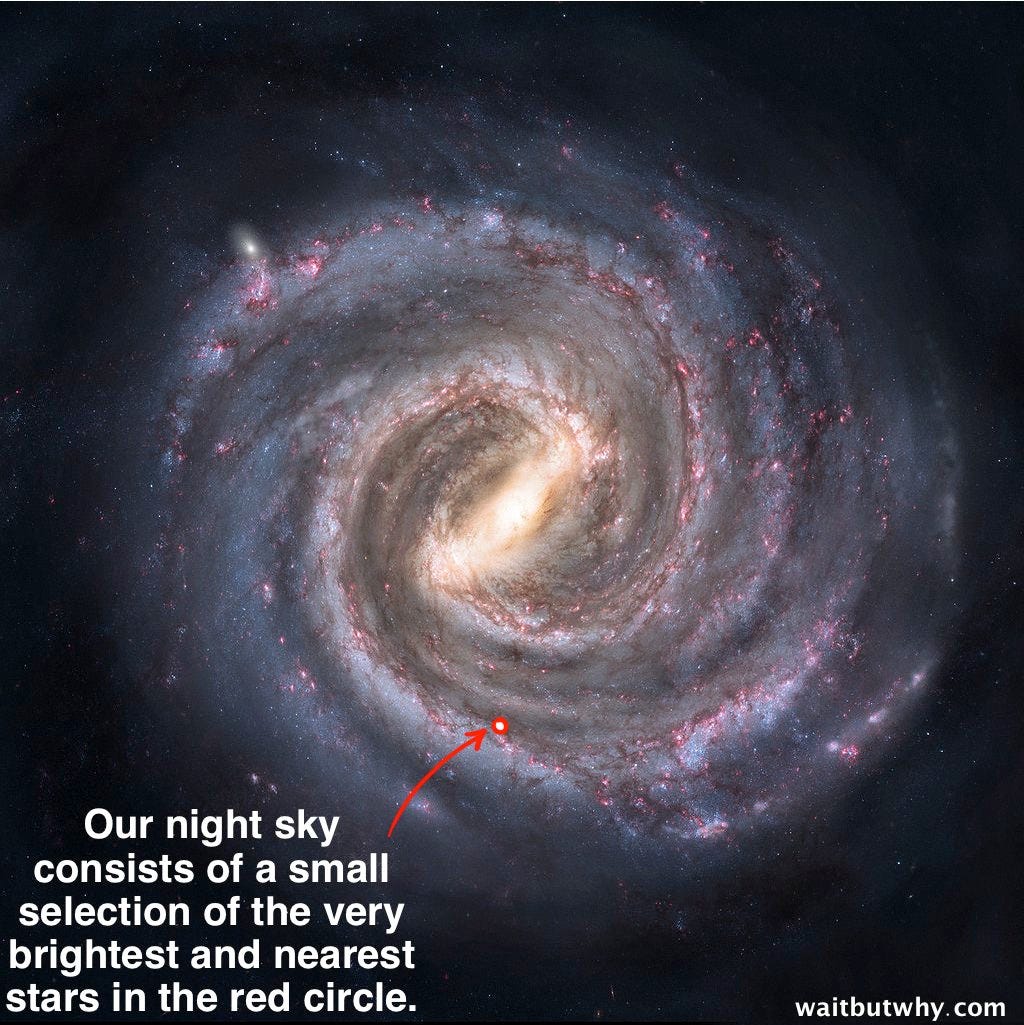
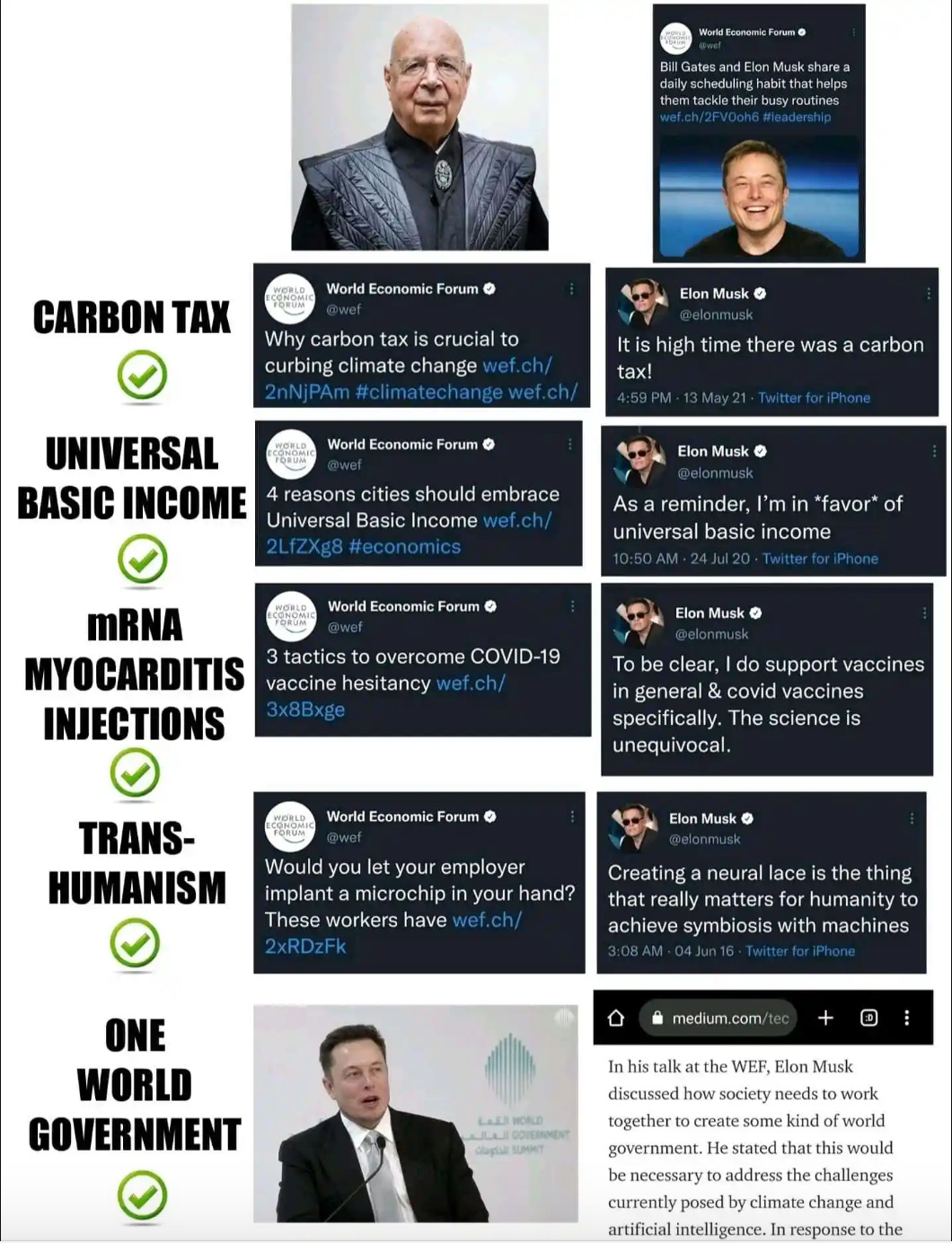


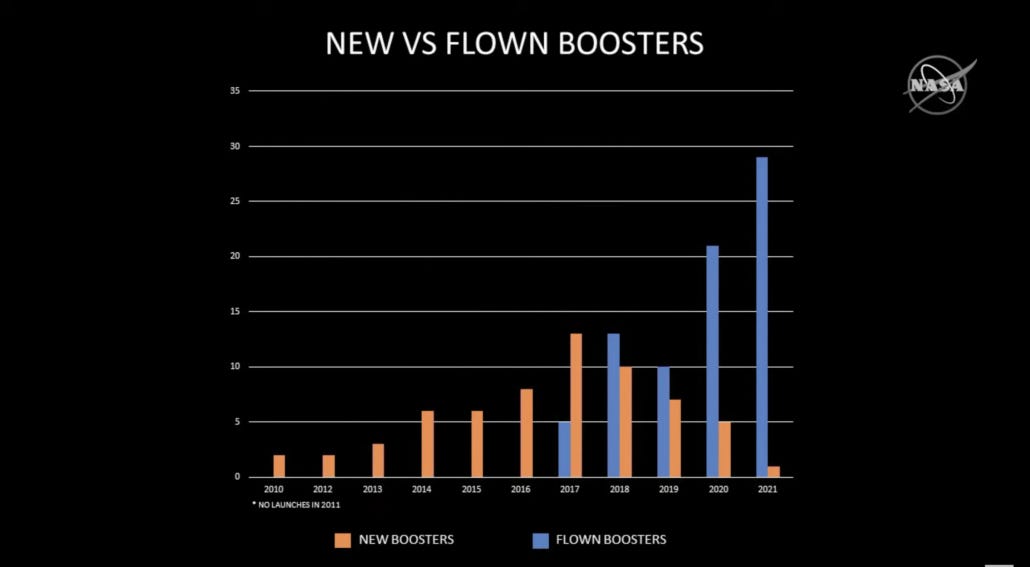
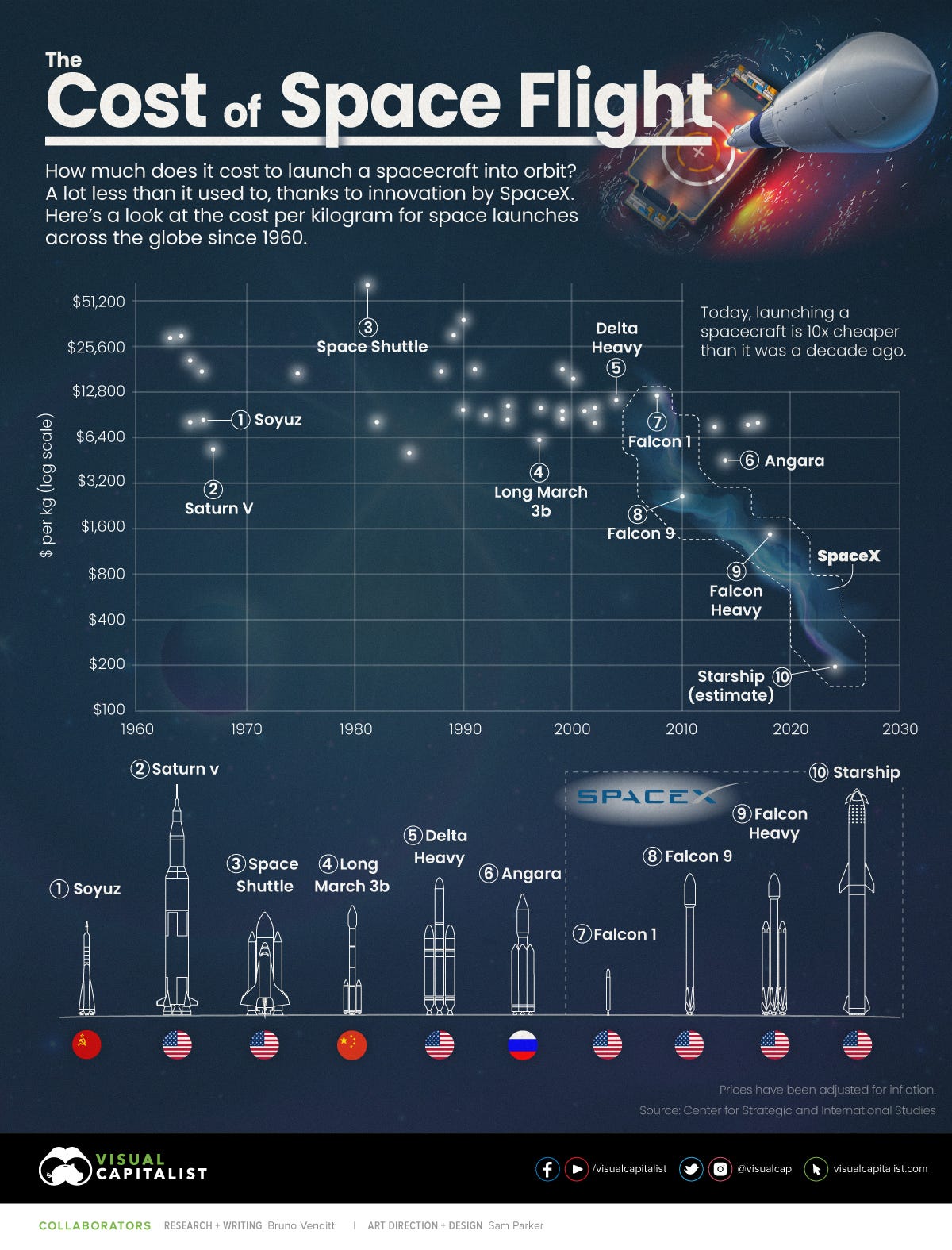
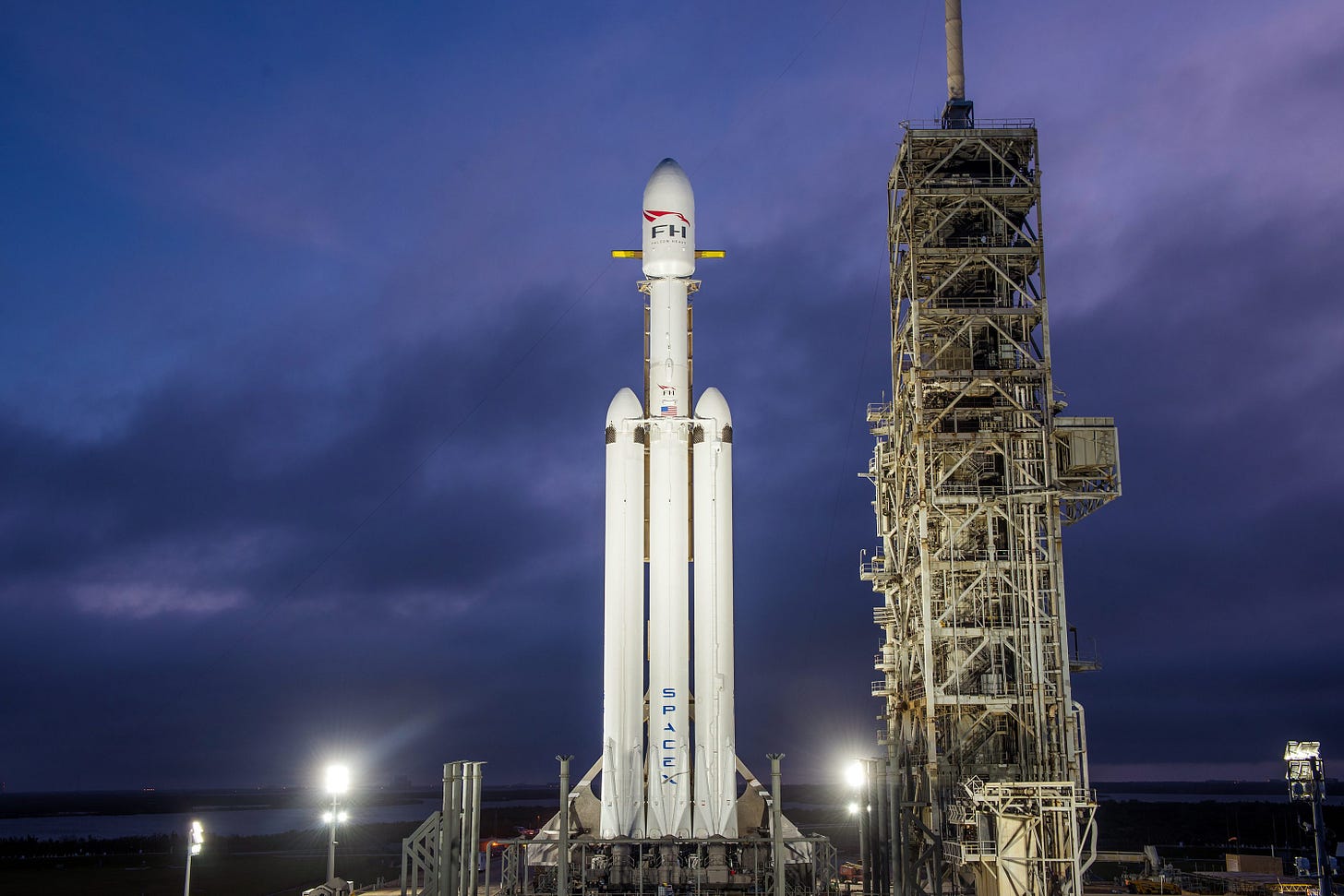
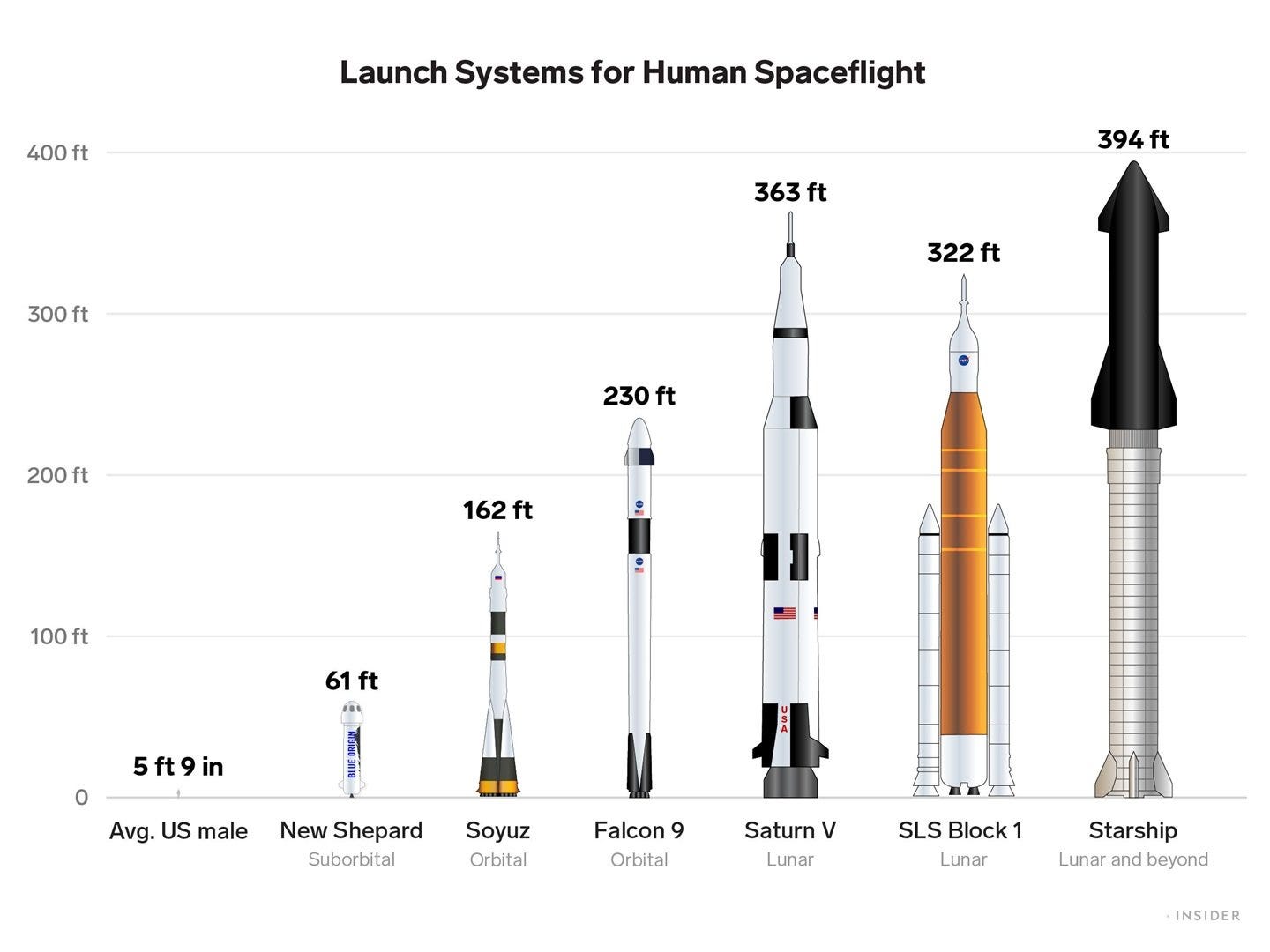



Every species, given the opportunity, expands its numbers to the carrying capacity of its environment. Humans are simply much better at it, as "our environment" and therefore its carrying capacity is a function of both our technology and our biology.
Concerns about resource availability are absurd when one considers what's available in the solar system alone. I doubt that the bulk of the species will live off-world any time soon, but industrialization of space doesn't require that. Environmentalists like to say that for everyone to enjoy a first world standard of living we'd need 4 Earths. With the solar system at our fingertips we have the equivalent of far more than 4.
To make life worth living on Mars, we'd need to import an ocean and atmosphere. Given that Mars has no magnetic field to speak of, we'd probably need an atmosphere thicker than Earth's to provide adequate shielding from cosmic rays.
The question is: do you want people living on the surface before you start dropping ice balls from above? Could be dangerous.